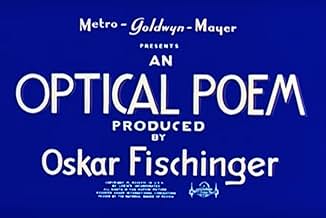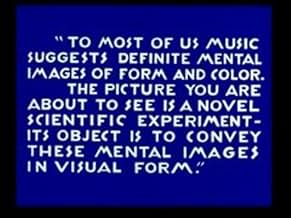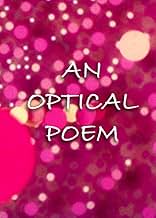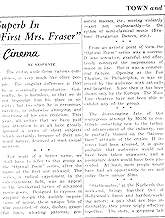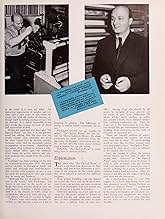Abstract images float across the field in time to Liszt's Second Hungarian Rhapsody.
Oskar Fischinger had been producing this sort of abstract animation since 1924 in Germany as an outgrowth of the Dadaist movement. He was not the only film maker to at least dabble in this sort of work. Over in England, Len Lye started doing the same thing with the introduction of sound to films, and later, Norman McLaren would make several of his early shorts doing much the same. In fact, a couple of years after this came out, part of FANTASIA would do the same. It was a natural outgrowth of abstract art and program music, in which the music was meant to evoke emotions or scenes or even stories. They didn't call them etudes for no reason, but because they evoked enquiring thoughts. Only with abstract animation like this, the audience was called upon to go its own way, and perhaps afterwards discuss what it was all about.
Pretty colors, though. It reminds me of the days I was part of the light show crew at the Fillmore East.

